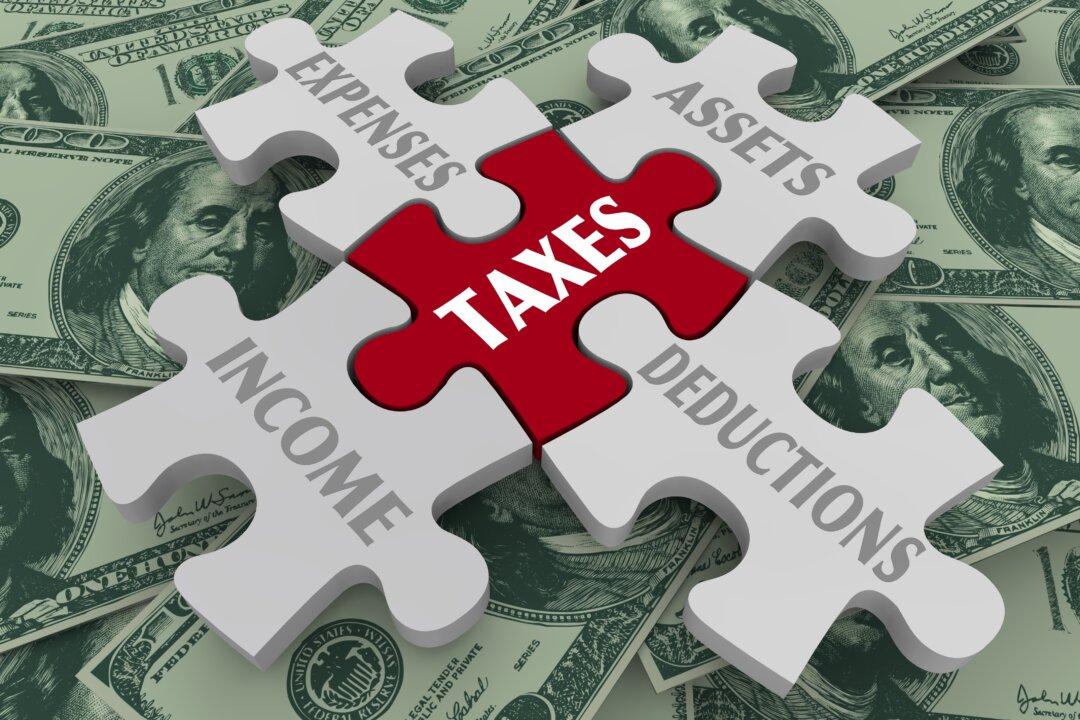The gig economy is a labor market characterized by short-term contracts or freelance work as opposed to permanent jobs. In this economy, individuals work as independent contractors or freelancers, often connecting with clients or customers through online platforms.
The gig economy has benefits for those who want flexibility. Workers have the freedom to choose the kind of work they want to do and the number of hours they want to work. These jobs can range from driving for ridesharing, to writing, coding, tutoring, or creating video games or apps. Gig workers are their own bosses, they aren’t burdened with the constraints of traditional employment.






